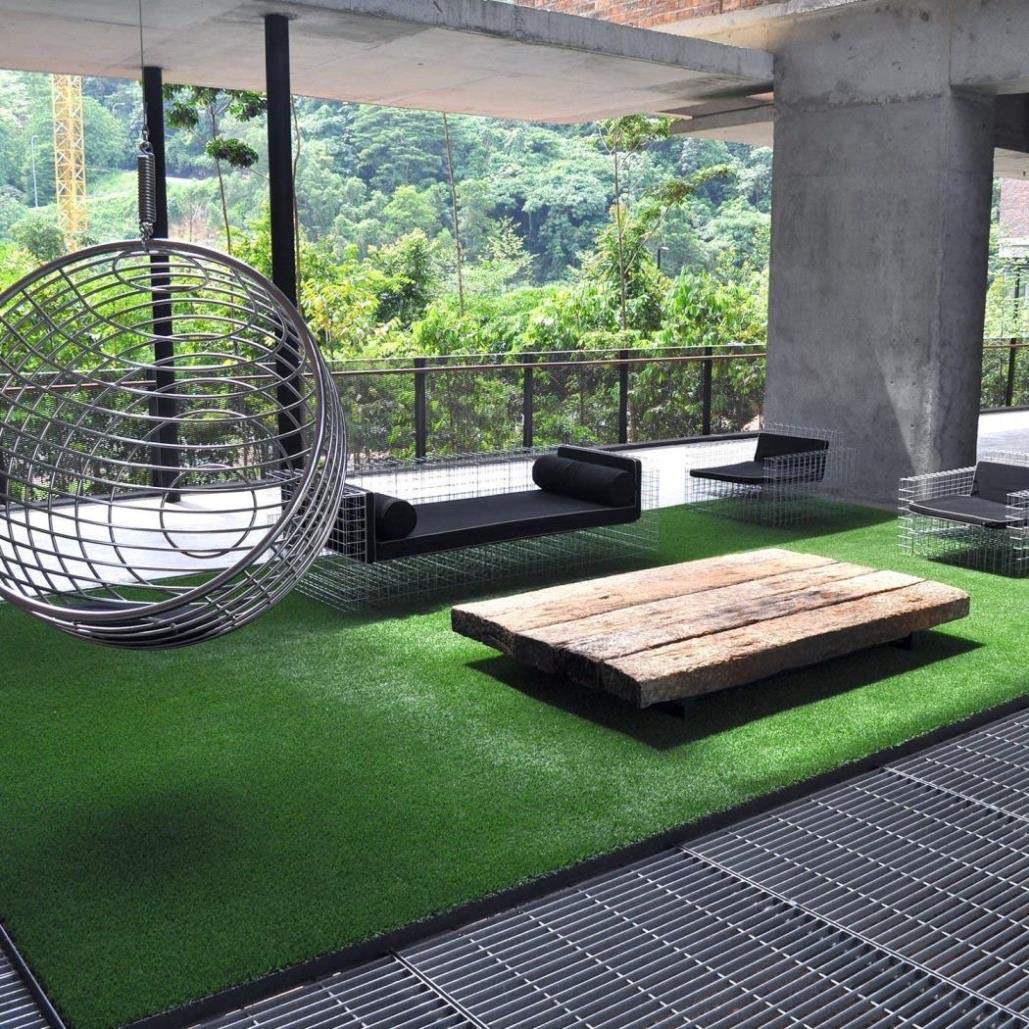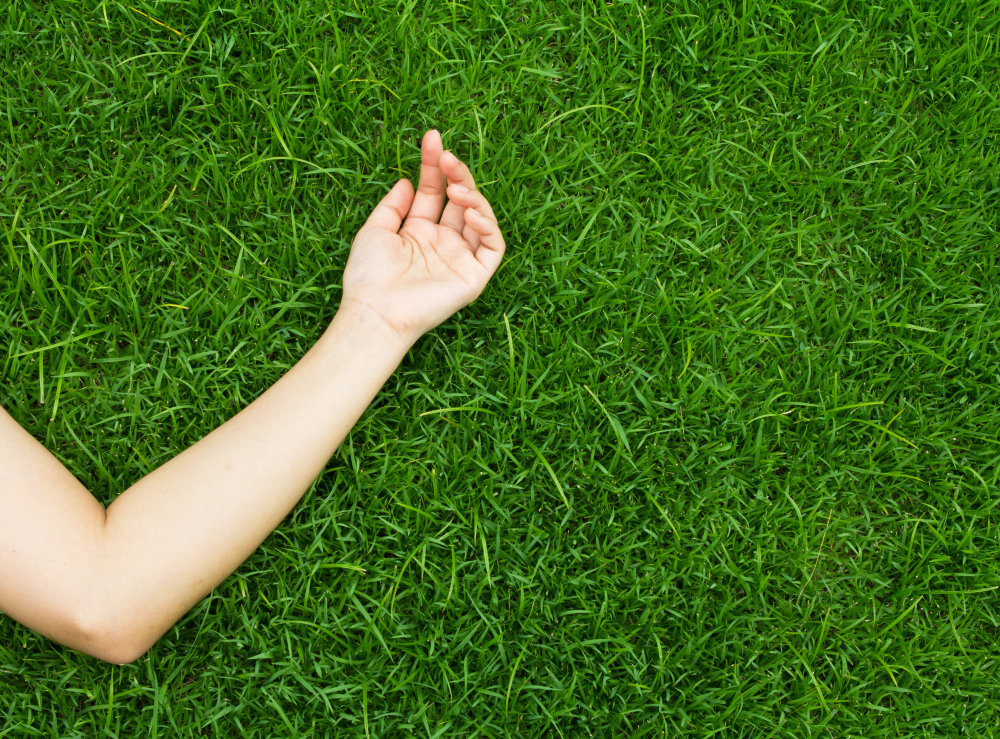Artificial grass, also known as synthetic or fake grass, has gained popularity in recent years as a versatile, sustainable alternative to natural grass Such alternative landscaping solutions this gives a nice, vibrant appearance without the maintenance of a traditional lawn. In this article we examine the different aspects of artificial grass, examining its benefits, uses and environmental impacts on modern landscapes
Table of Contents
Unveiling the Green Revolution: The Advantages and Applications of Artificial Grass
Benefits of artificial grass:
1. Low maintenance:
One of the main advantages of artificial grass is that it requires little maintenance. Unlike natural grass, it does not need to be mowed, watered or fertilized. This makes it an ideal option for those seeking green spaces who do not have the time and effort associated with traditional lawn care.
2. Year round green:
Artificial grass remains lush and green throughout the year regardless of the weather. It remains vibrant in the face of drought, extreme heat, or heavy foot traffic, providing a consistently beautiful landscape.
3.Water conservation:
With growing concerns about water scarcity, artificial grass is emerging as an environmentally friendly alternative. This eliminates the need for regular irrigation, contributes to water conservation efforts, and reduces overall water usage.
4.Durability and durability:
Synthetic grass is designed to withstand heavy use and sidewalks, making it an excellent choice for high-traffic areas such as stadiums, playgrounds and shopping malls and it is pest resistant, requiring no pesticides or herbicides.
5.Non-allergenic:
Synthetic grass makes individuals allergic to grass less allergic. It produces no allergens such as pollen and provides a comfortable outdoor environment for those with allergies.
Applications of Artificial Grass:
1.Residential Landscaping:
In residential lots, homeowners are increasingly choosing artificial lawns. It offers a stylish and simple look, enhancing curb appeal without requiring extensive maintenance.
2.Commercial Spaces:
Artificial grass is a popular choice for commercial spaces such as large offices, hotels and shopping malls. It provides a beautiful outdoor environment that remains enjoyable all year round.
3.Sports Fields:
Synthetic turf has become the norm in playgrounds and stadiums. Its durability, consistent playing field and low maintenance make it an ideal venue for soccer, football and other sports.
4.Playgrounds and Recreational Areas:
Synthetic turf has become the norm in playgrounds and stadiums. Its durability, consistent playing field and low maintenance make it an ideal venue for soccer, football and other sports.
5.Dog Runs and Pet Areas:
Synthetic turf has become the norm in playgrounds and stadiums. Its durability, consistent playing field and low maintenance make it an ideal venue for soccer, football and other sports.

Environmental Considerations:
While artificial grass offers numerous benefits, there are environmental considerations to keep in mind:
1.Material Composition:
Artificial grass is typically made from a combination of synthetic materials, including polyethylene and polypropylene. While these materials are recyclable, the production process may have environmental implications.
2.Heat Retention:
Artificial turf can absorb and retain heat, leading to elevated temperatures in urban areas. Some advancements in technology aim to address this issue by incorporating cooling features into the turf.
Conclusion:
Artificial grass has transformed the landscaping industry, providing a practical and aesthetically pleasing alternative to natural grass. Its low maintenance requirements, durability, and versatility make it a popular choice for residential, commercial, and recreational spaces. As technology continues to advance, addressing environmental concerns and enhancing the sustainability of artificial grass will likely play a crucial role in its continued adoption. For those seeking a lush and green landscape without the hassle of traditional lawn care, artificial grass stands as a testament to the intersection of innovation and sustainability in modern landscaping practices.
FAQ
Yes, artificial grass, commonly referred to as fake grass or synthetic turf, can be used as a carpet alternative in certain indoor and outdoor settings. The use of artificial grass as carpeting has gained popularity in various creative and unconventional applications.
Artificial grass, commonly known as synthetic turf, is designed to be water-resistant rather than completely waterproof. The backing of artificial grass is typically perforated to allow for drainage, which means water can pass through the backing and be absorbed into the underlying surface.
Other Articles: 10-best-pillow-covers




